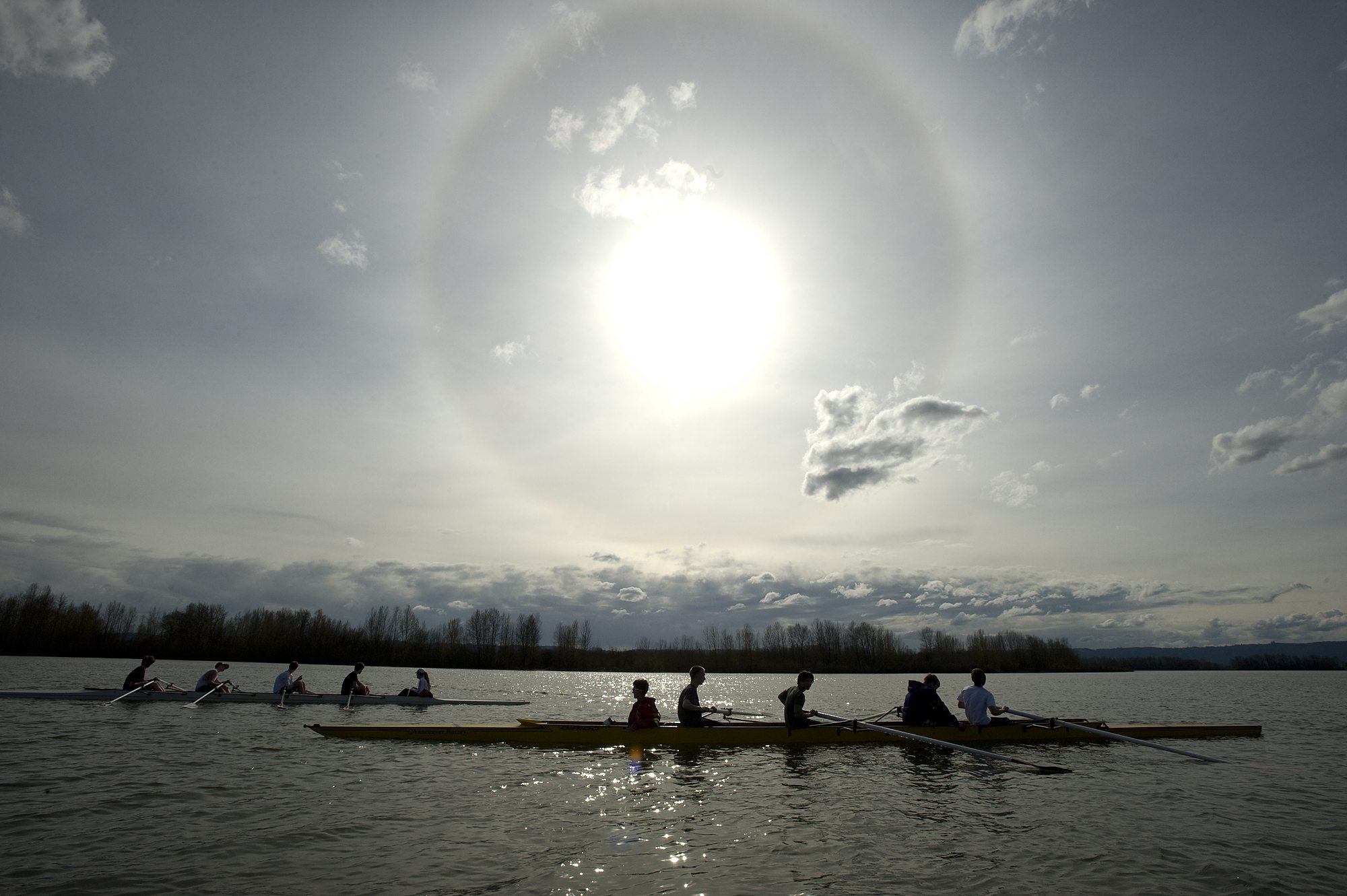VANCOUVER LAKE
Type: natural.
Size: 2,414 acres.
Average depth: 3-5 feet.
Pollutants/problems:
blue-green algae, turbidity, PCBs, dioxins, chlorinated pesticides.
Location: Clark County.
Source: Washington State
Department of Ecology
SILVER LAKE
Type: reservoir.
Size: 2,300 acres.
Average depth: 6 feet.
Pollutants/problems: blue-green algae, turbidity, phosphorous, very little vegetation.
Location: Cowlitz County.
Source: Washington State
Department of Ecology
SILVER LAKE — Elmer Nofziger stepped onto a narrow dock, walking stick in hand. Standing under cloudy skies, he peered into cloudy water.
Nofziger has called Silver Lake his home for 16 years and watched it evolve during that time. But the 2,300-acre lake, a sprawling body just east of Castle Rock in Cowlitz County, has not changed for the better.
Nofziger knows the situation well: a large, shallow lake that’s popular for recreation, but plagued by pollution, toxic algae blooms and high turbidity.
Sound familiar?
Vancouver Lake suffers many of the same problems, documented through decades of studies, plans, public partnerships and millions of dollars in restoration work. Residents near Silver Lake are in the middle of an effort to diagnose and clean up the ailing water body in their own backyard. And they’ve looked to Vancouver Lake as an example of what to do — or what not to do.




